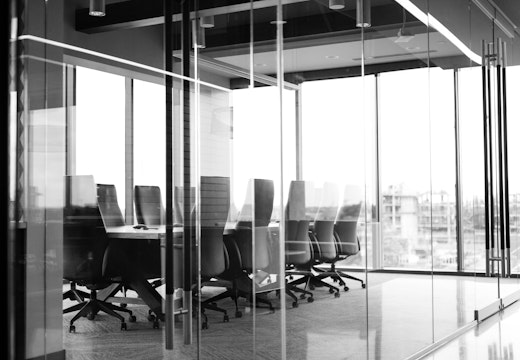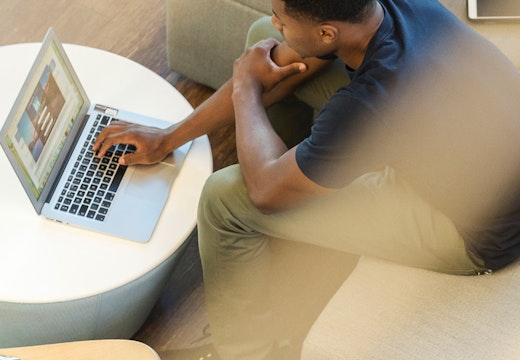How new ways of working are changing the real estate game
Rising employee expectations, emerging technologies and new ways of working are challenging traditional real estate models. A new report looks closely at getting the balance right between employee satisfaction and real estate costs
Workplace design has been in a constant state of beta for more than a century. From packing employees into small cubicles to inviting them into vast open spaces, it has been a constant struggle for organisations to strike the perfect balance between employee satisfaction and real estate costs.
A new report from Condeco, The Modern Workplace 2018: People, Places and Technology, examines the benefits of designing work environments which provide employees with a beneficial amount of autonomy while also measuring utilisation of space to better understand how the organisation is using its real estate.
‘A small footprint can be a barrier to truly flexible space…’
While start-up companies are seen to be the pioneers of autonomous, quirky and diverse workplaces, their small real estate footprint and typically low cash flow can be a barrier to creating truly flexible and agile workplaces.
The one thing start-ups are don’t lack, however, is their willingness to take risks – a willingness that most large organisations are often not prepared to take. It is the combination of both measured risk and sufficient resource that is the sweet spot in designing the right workplace environments.
Flexible workspace
According to Condeco’s report, 37 per cent of UK companies surveyed have over 50 per cent flexible workspace. Flexible workspace can be an effective way to increase employee autonomy whilst also reducing real estate footprint. Although managing truly flexible workspace is no easy task, effective resource scheduling applications can give FMs a better understanding of how and when workspace is being used, whilst providing employees with the tools to choose the space they work in more efficiently.
However, flexible working does not work without the assistance of new technologies. The report suggests that technology that facilitates mobile or remote working is a top priority as it provides employees with greater autonomy over how and where they work. Environments that both inspire people – and provide the right digital tools and IT infrastructure – offer the right combination to deliver better productivity, creativity and satisfaction at work.
There may not be such thing as the ‘perfect’ workplace environment, but Condeco has made a significant step in identifying key trends and tools to consider when looking to design better workplace environments and reduce real estate costs at the same time.








